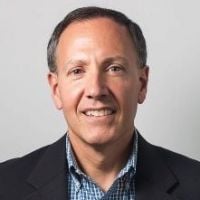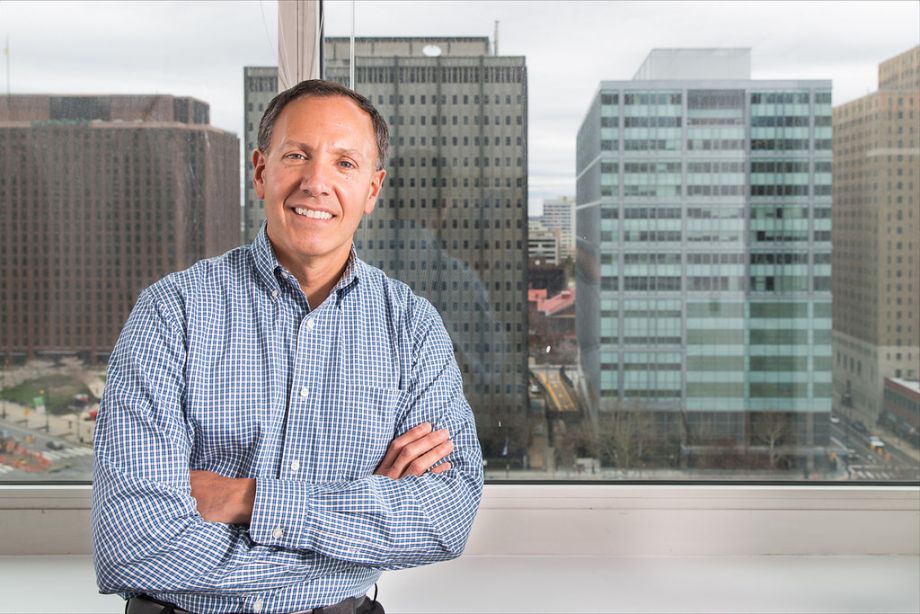I am incredibly humbled and honored to have the opportunity to advance Next City’s mission to inspire social, economic and environmental change in cities through media and events. As a licensed professional planner, policy expert, experienced nonprofit manager, teacher, and most importantly, one who thrives on information and experiences, I am delighting in the potential of Next City, and welcome you along for what will be a very engaging and fulfilling ride.
What appealed most to me about the opportunity to lead Next City as executive director was how, for the first time in a half-century, all U.S. trends — social, economic and environmental — are moving in the direction of supporting cities. Demographically, aging boomers, maturing millennials and enthusiastic immigrants are all finding cities the place to live, work, shop, play and grow. Corporations and smaller businesses are following these trends and relocating to “hot” and “cold” cities, trying to stake a claim on the next big thing. And, given the effects of a changing climate and a desire for cleaner natural surroundings, people are finding new ways to protect the urban environment and advance healthier living.
As many of you know, it’s not only the U.S. that is experiencing an urban renaissance. Since 2009, a majority of the world’s population has been living in cities. By 2050, 70 percent of the word’s population will be urban, bringing new opportunities and critical challenges.
Next City’s role is to spotlight the people, practices, innovations and ideas seizing this moment to make change in cities around the world.
I have a unique perspective on this. My new office at Next City overlooks Love Park in Philadelphia. What a wonderful exuberance of urban life! On any given day, I see the tableau of vibrancy, the messiness of maintaining infrastructure, the benefits of economic growth and natural resources, and the effects of inequality. Resiliency is in our DNA, but there have been times over the last few decades when it appeared this city was knocked down for the count. Spring, however, brings eternal optimism, and I begin my efforts here fueled by that energy.
My commute to Philadelphia from my home in Hopewell, New Jersey, provides further inspiration for dialogue and application around the world. I live with my wife and 16-year-old son in a small town of 2,000 people in less than a square mile, surrounded by open space and farmland. A short distance away is the SEPTA West Trenton line, which takes me directly to the city’s Suburban Station. Having the ability to live in a metropolitan area that affords people the choice of urban, suburban and rural lifestyles is key to a successful 21st century.
I bring more than 30 years of experience in planning for the next generation. For a decade, I helped draft New Jersey’s first State Development and Redevelopment Plan, and worked with cities and towns to implement the goals and objectives of a plan rooted in infrastructure investments. For four years, I served as a policy adviser to two governors, and co-drafted a bill to preserve a million acres of open space and farmland in the Garden State. While managing the Million Acre program, I sought to change local and state thinking about infrastructure investments, promoting open space as another tool for urban growth management and city revitalization.
My nonprofit career took off at Regional Plan Association, the nation’s oldest regional planning organization, where I led the New Jersey office to advance environmental conservation, affordable housing, economic development, transportation finance and community design. A stint as executive director of Leadership New Jersey reminded me of the power of experiential learning, and how important it is for leaders to understand daily policy implications to advance common goals. I eagerly anticipate Next City’s Vanguard program and the promise of a future generation of urban leaders.
After Hurricane Sandy, I founded the Center for Resilient Design at New Jersey Institute of Technology to help communities recover and rebuild in a more resilient manner. Through applied research, field testing and community outreach, our students and faculty expanded the knowledge and challenged thinking regarding natural and man-made disasters. I continue to teach land use planning and infrastructure planning policy at NJIT, and encourage students to think more broadly about urban challenges and solutions.
I anticipate a lot of running with this job, and sometimes I might even be dressed for it. My great frustration with commuting, after all, is the lack of time to run. See, after I turned 50, I thought I’d try the sport. Sort of like Forrest Gump, once I started, I didn’t think about when to stop. On a good day, I can go over 10 miles and not break a sweat. Well, OK, I break a sweat, but it gives me time to think about the great challenges of cities, and how we can work together to make life better for all.
From here on out, I won’t be thinking alone. I am lucky to be joining a fantastic team and an inspiring community. Together, we will get to know places, meet people and explore challenges that can make a difference. We invite you to be an active member of Next City — be our eyes, ears and heart in your city, and help us share that with others around the world. Be my inspiration, so that Next City can be your city’s inspiration for change.

Tom was president, CEO and publisher of Next City from May 2015 until April 2018. Before joining Next City, he directed the Center for Resilient Design at the College of Architecture and Design at the New Jersey Institute of Technology. Prior to that, he ran the Regional Plan Association’s New Jersey office, and served as a senior adviser on land use for two New Jersey governors. Tom is a licensed professional planner, and a member of the American Institute of Certified Planners, as well as an adjunct professor at the New Jersey Institute of Technology, where he teaches land use planning and infrastructure planning.










